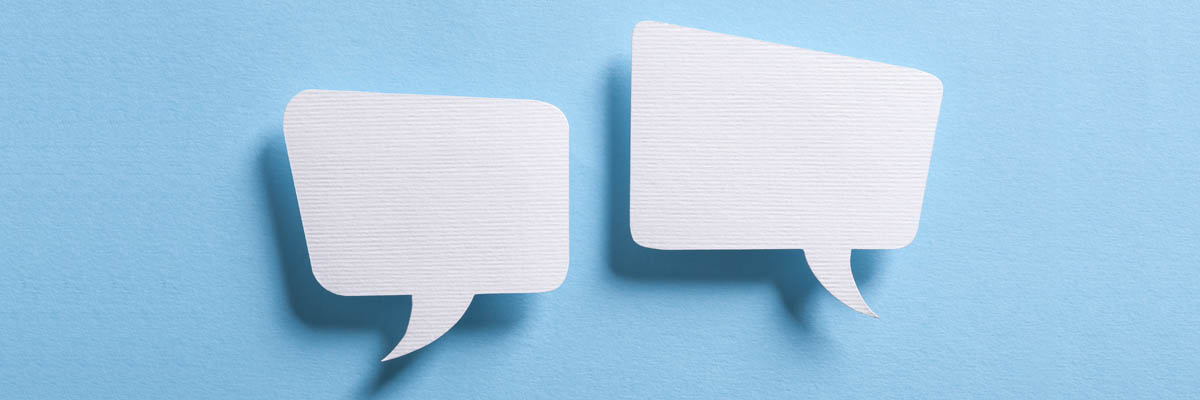An Experienced User's Story
8/21/2020 7:52:25 AM

Office of Accessibility Editor’s note: With the majority of state employees working from home most meetings are now online. This has provided a greater awareness of remote meeting tools and features, and the challenges that they may present for people with disabilities. The Office of Accessibility and Minnesota IT Services (MNIT) are working together on known issues with online meeting tools. For example, one product announces every chat message to participants using a screen reader. While this may seem like a good idea, it forces the user to hear both the event audio and chat audio at the same time. We have alerted the vendor to this issue, but until the issue is resolved, the Office of Accessibility tested several temporary workarounds. One approach is to have chat only go to those with specific roles, like the meeting organizer. We collaborated with a user who frequently uses chat in online meetings to test this process in a few meetings, and asked him to share some best practices to make your meetings more effective and inclusive.
It can be hard to apply a best practice to a specific situation. I host online meetings often, sometimes multiple meetings in a day, and I frequently use the chat panel. As a host, I was faced with finding a way to share information quickly with all attendees. First, I used the following best practice from the Office of Accessibility to manage chat in meetings.
Send an email to attendees before the meeting. Ask them to use chat only for communicating with the meeting host or a designated chat monitor. Remind attendees not to use the “everyone” option at the beginning of the meeting.
Ask a colleague or other meeting attendee to act as the designated chat monitor. Agree on roles in advance so everyone knows what to do.
The host and the chat monitor can manage opportunities for people that want a turn to speak. They can also verbalize comments for those who prefer to type their communications.
Share website URLs and files through alternate methods:
Send a summary of all information shared during the meeting by email after the meeting. This should include any websites or documents discussed.
When I learned that every message coming into the chat panel is read out loud for those that use screen readers, I knew I needed to change how I run my meetings. Hearing all of that in addition to trying to focus on the content from the presenter would be overwhelming.
I worked with the MNIT Office of Accessibility (they are my digital accessibility coordinator) to test and come up with some best practices and workarounds that would accommodate everyone. Since I frequently use the chat panel in the meetings I host, I realized I was quite locked into my usual approach, so I appreciated the help.
I typically use the chat panel when presenting about a product or process. I like to keep attendees engaged by asking them to enter their questions and comments in chat and sending it to everyone. This allows me to answer and react during natural pauses in the content. I think that works much better than allowing people to ask questions verbally, disrupting the flow. As I planned to limit the use of chat during my next meeting, I had two concerns:
Turns out, shifting gears wasn’t difficult. Here’s how we planned for it.
Once we knew what to do, it was a matter of getting the word out to attendees. We did this both before and during the meeting.
As always, a practice session before the meeting helped iron out some details. In particular, we figured out how to set chat to only go to the host, not everyone. Without our advance session, we may have missed that and our plan would not have worked as intended.
In our case, a post-meeting email was needed to share additional resources. We were ready for it; I kept notes about which ones to share, and we sent it within an hour of the end of the meeting.
Overall, it struck me was that this was a much more focused meeting than ones that allowed chat to everyone. Thinking back, we might have been expecting too much for any attendee to use chat and still be able to pay attention to the content I was presenting. We know that the vendor is working on a fix for this, but it’s made me consider that this might, in some cases, be a better approach to meetings moving forward.
Would you like to learn more about the accessibility work being done by Minnesota IT Services and the State of Minnesota? Once a month we will bring you more tips, articles, and ways to learn more about digital accessibility.
Accessibility
Accessibility
Accessible Government
Digital